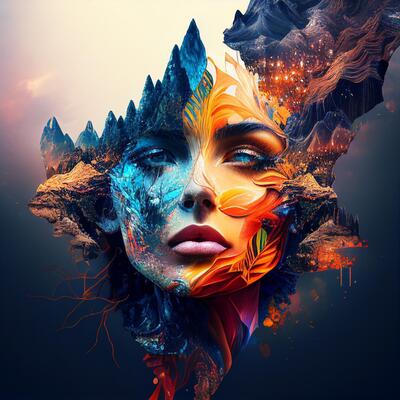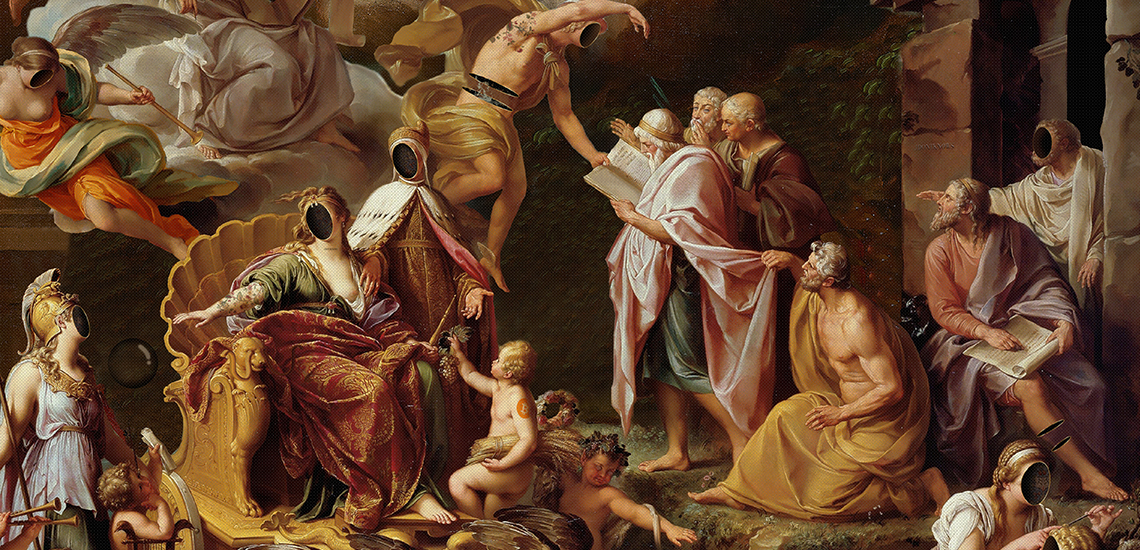Diving Into the Diverse World of Artistic Expression: From Surrealism to Abstract Realism
In the world of artistic expression, from the dreamlike landscapes of surrealism to the detailed play of light and type in abstract realistic look, musicians have continuously pressed the borders of imagination and creativity. As we check out the diverse globe of art, we are provided with a tapestry of styles, strategies, and approaches that challenge our understanding and provoke contemplation.
Surrealism: Letting Loose the Subconscious
Surrealism, a progressive creative movement of the 20th century, looked into the depths of the subconscious, revealing a globe of dream-like images and non-traditional associations. Headed by artists like Salvador Dali, René Magritte, and Joan Miró, Surrealism looked for to challenge the standard ways of seeing and recognizing art. Via strategies such as automatism and desire evaluation, Surrealist musicians intended to tap into the subconscious mind to disclose surprise truths and desires.
One of the vital components of Surrealism was the emphasis on the unreasonable and the incredible. By incorporating unexpected components in their works, Surrealist musicians aimed to create a sense of disorientation and shock in the audience. This disruption of reasoning and reason was indicated to provoke a much deeper exploration of the subconscious and the mysteries of the human mind.
Abstract Realism: Redefining Perception
Testing conventional imaginative boundaries, Abstract Realism redefines understanding through the blend of well-known components with abstract kinds. This innovative approach to art combines the representational accuracy of realism with the imaginative liberty of abstraction, supplying customers an one-of-a-kind visual experience that triggers them to question their perception of fact.
In Abstract Realism, artists strive to catch the significance of their subjects while also infusing their deal with a feeling of deepness and intricacy through abstract components. By blending the knowledgeable about the unfamiliar, these musicians invite audiences to engage with their pieces on multiple degrees, encouraging them to explore the nuances of shade, structure, and form.

Cubism: Fragmentising Reality
Making use of geometric forms and fragmented viewpoints, Cubism transformed the creative depiction of truth in the early 20th century. This approach not only deconstructed truth but likewise emphasized the monotony of the canvas, paving the means for future abstract art activities.

Cubism can be categorized into 2 main anchor stages: Analytical Cubism, characterized by single color design and detailed, fragmented types; and Synthetic Cubism, which integrated collection aspects and brighter colors into the make-ups. Via these distinct stages, Cubism influenced not only paint yet also architecture, sculpture, and design. trump art. Its impact reverberated across the art globe, inspiring musicians to explore brand-new means of representing the world and translating around them
Expressionism: Feelings on Canvas
Discovering the midsts of human feelings via vibrant and expressive brushstrokes, Expressionism emerged as a profound creative motion in the very early 20th century. Unlike previous art movements that concentrated on showing the external globe, Expressionism looked into the internal realm of the artist's psyche, aiming to evoke raw emotions and prompt visceral actions from customers.
Expressionist artists, such as Edvard Munch, Egon Schiele, and Emil explanation Nolde, turned down conventional notions of charm and realistic look for misshaping form and shade to share subjective sensations. Using overstated brushwork, strong colors, and altered numbers helped develop a sense of unease, alienation, or interest in their works.
One of the most renowned examples of Expressionism is Munch's "The Scream," which catches the extreme anxiety and anguish of contemporary life with its swirling, altered number versus a blood-red sky. With their mentally charged jobs, Expressionist artists sought to test traditional imaginative standards and provide a home window right into the rough midsts of the human heart.
Contemporary Art: Developing Point Of Views

One of the defining attributes of contemporary art is its constant development and ability to adapt to transforming social landscapes. Artists are progressively incorporating technology into their practice, blurring the lines between the digital and physical worlds. This blend of tools enables cutting-edge methods of storytelling and engaging with audiences in a more interactive way.
Additionally, modern art usually offers as a system for social discourse, addressing pressing concerns such as identity, politics, and the atmosphere. Musicians are using their work to spark essential conversations and provoke idea, losing light on the intricacies of the globe we reside in. As point of views remain to evolve, contemporary art continues to be a dynamic and significant pressure in forming our cultural landscape.
Verdict
To conclude, the globe of imaginative expression incorporates a wide variety of motions and styles, each with its own one-of-a-kind strategy to communicating significance and feeling. From surrealism's expedition of the subconscious to abstract realistic look's redefining of understanding, and from cubism's fragmentation of reality to expressionism's representation of site here emotions, art remains to advance and challenge perspectives - trump art. Contemporary art mirrors the ever-changing world we live in, supplying new means to translate and understand the intricacies of our truth
As we discover the complex world of art, we are offered with a tapestry of styles, techniques, and ideologies that challenge our understanding and prompt consideration. Its impact resounded across the art globe, inspiring musicians to explore brand-new ways of analyzing and representing the globe around them.
